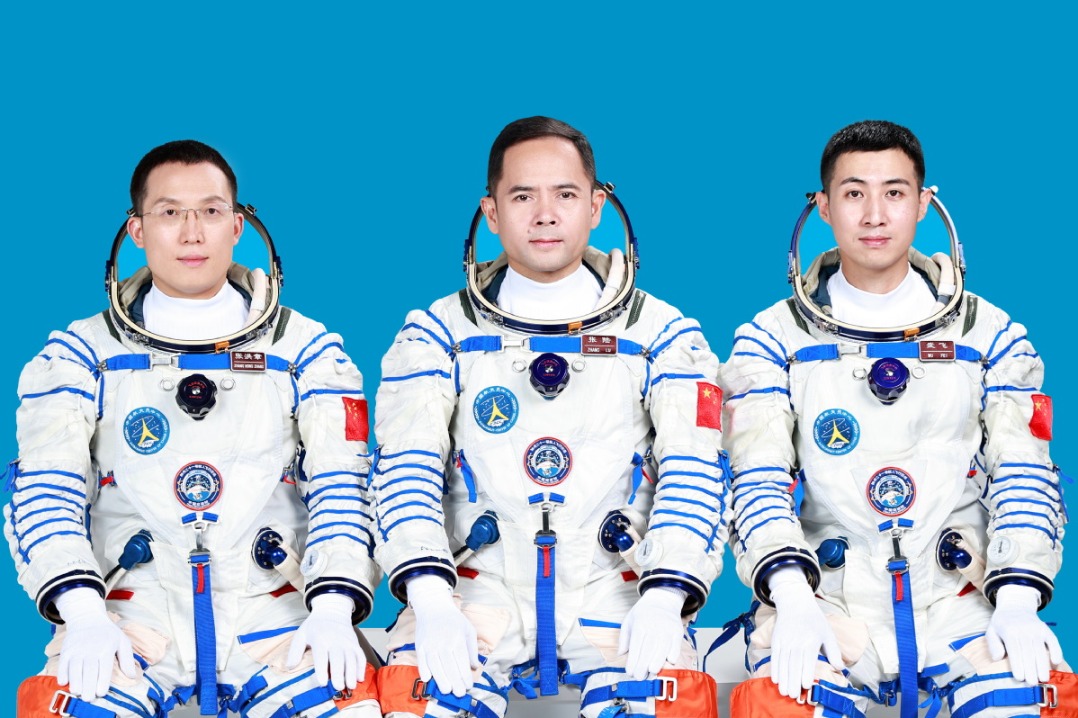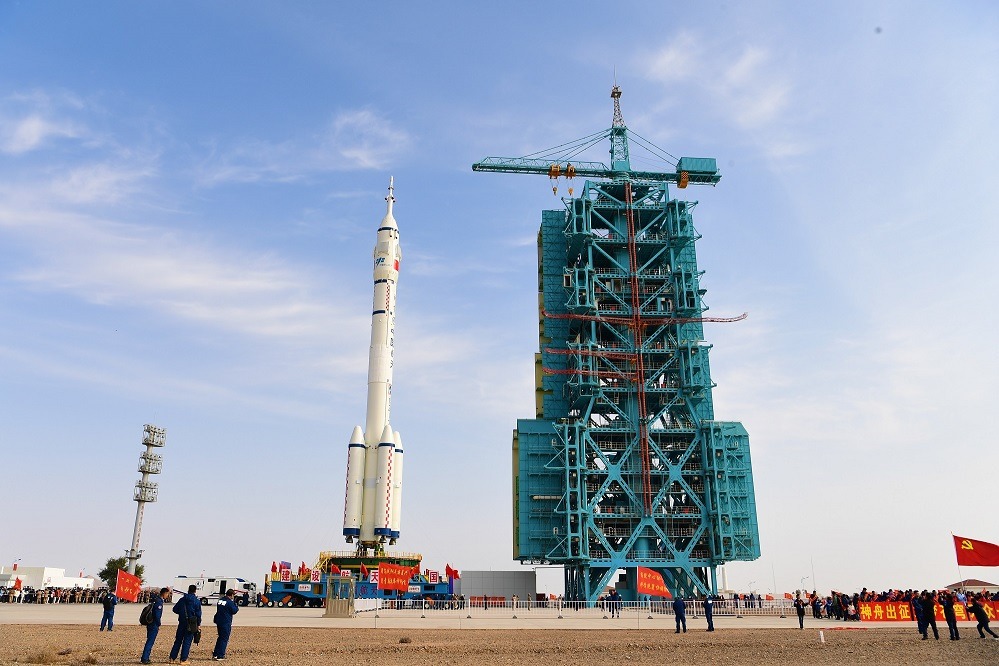Young people carry torch of reunification


Seeking roots was once a vague concept to me. Watching my elders embark on their journeys to trace our ancestry, I often wondered about my origins. This curiosity led me to ask my family elders, and I was delighted to discover our family genealogy.
Carefully preserved in a vacuum bag in my grandmother's cabinet, the family tree, with its yellowed pages, revealed that I am the 17th generation of my family. The first to cross the Taiwan Strait and settle in Taiwan was the ninth generation, born during the Emperor Kangxi era. My ancestors left Nanjing county, in Zhangzhou, Fujian province, possibly seeking a better life, and took root in Taiwan.
Remarkably, the genealogy includes ancient medical prescriptions. As a medical student, I was thrilled to find remedies for common ailments, some with classic combinations and others using herbs uncommon on the mainland. This booklet, transcending time and the Strait, felt like a precious gift, linking my medical pursuits with my family's past.
This year marks the 80th anniversary of Taiwan's restoration, a testament to the unbroken blood ties and cultural connections between the two sides. As our genealogy records, generations brought language, customs, beliefs and medical knowledge from the mainland to Taiwan. These cultural genes have flourished, becoming part of our lives today. Commemorating Taiwan's restoration is about affirming our national roots. No matter how geography changes, Taiwan and the mainland share a common cultural and familial lineage, jointly writing the destiny of Chinese descendants.
























